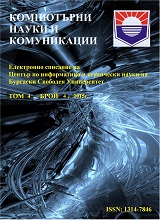
We kindly inform you that, as long as the subject affiliation of our 300.000+ articles is in progress, you might get unsufficient or no results on your third level or second level search. In this case, please broaden your search criteria.


The work presents a mobile web application that was developed to serve as assistant for people learning English, in particular - usage of idiomatic expressions. In the design and development of the application are followed principles and recommendations of the Mobile First approach to ensure best performance on mobile devices. At this stage, the application contains a minimum set of the most common idiomatic expressions, users are able to add idioms, and after approval by the editor-philologist they become part of the dictionary.
More...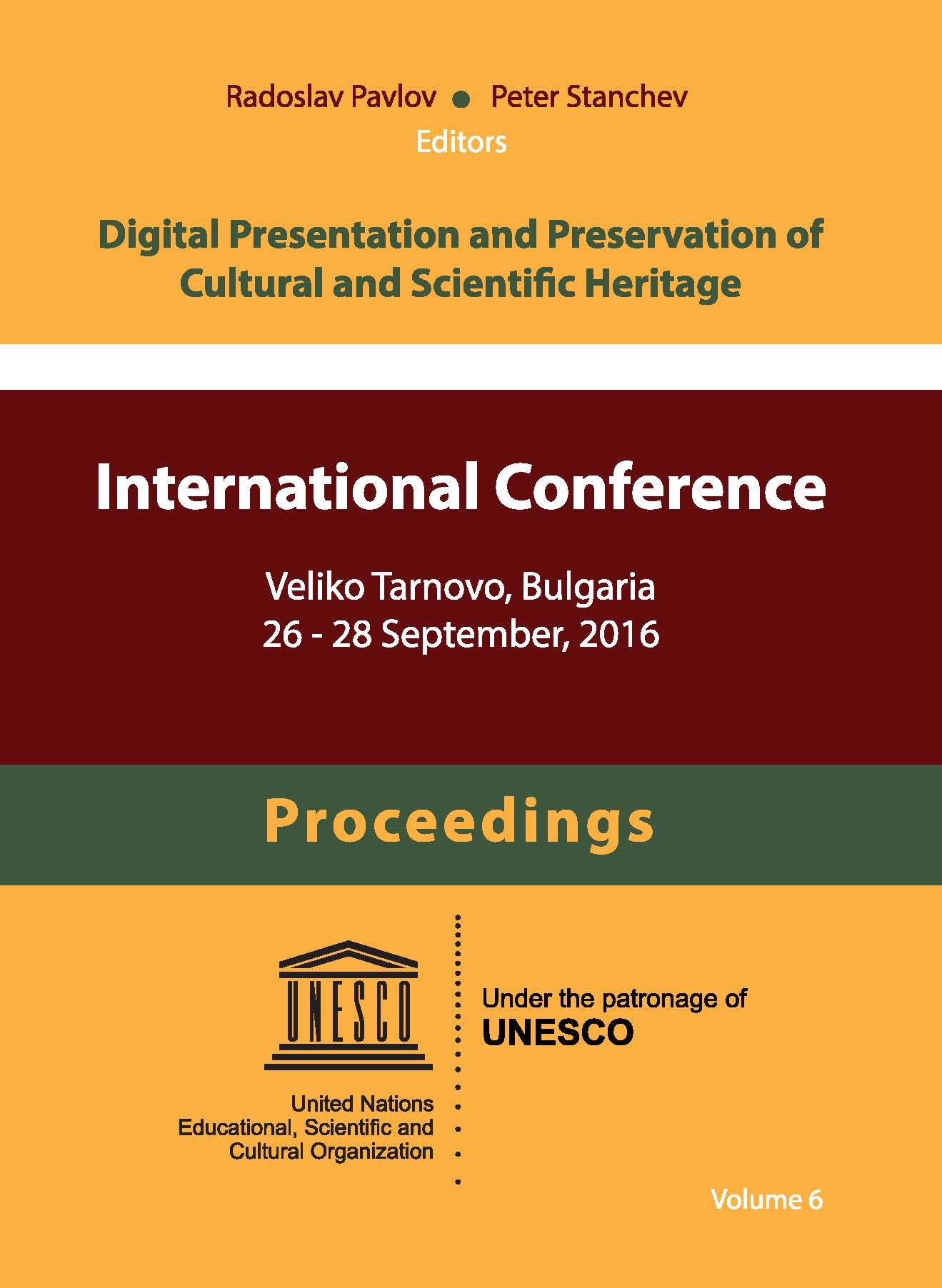
The digitization of Cultural Heritage assumes an interdisciplinary approach, collaborative knowledge co-creation, and distant communication. This can only be fulfilled by ICT means requiring in turn alignment between those who deliver the technical (IT) support and those who are in the role users. A Service-Oriented approach is considered adequate in this regard because of users’ composing services at high level (with underlying technical complexity remaining hidden) and developers’ considering the software components whose functionality is delivered through the services. All this requires however complex regulations to conform with. Semiotic norms in combination with workflows are considered in this regard. In this paper, we propose an approach based on Service-Oriented Computing and Organizational Semiotics, directed to Cultural Heritage digitization. The approach is partially illustrated by means of an example.
More...
The increasing needs to expand access to research results and insufficient opportunities for publication in printed issues put a serious challenge to the scientific community. The aim of the paper is to mark the first step towards solving this problem in the Faculty of Mathematics and Informatics of the Veliko Tarnovo University by building a repository of digital documents using open source software.
More...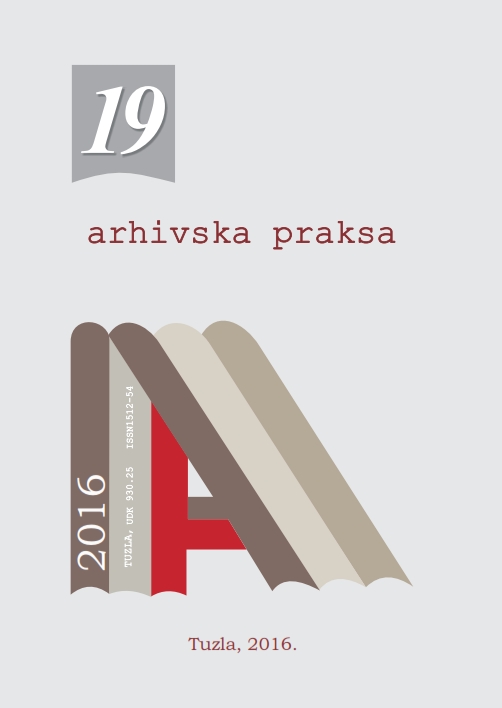
The modern archive building with modern designed storage space and physical - technical security documents is a basic prerequisite for good protection of archival material. In Serbia, unfortunately, this issue is not given due attention, which is far behind countries with developed archival activity, such as the UK, Germany, Australia and the United States. The theme of this paper is to highlight the importance of a dedicated facility designed archival building, featured by which standards are fulfilled conditions necessary for the functionality of the archive building, as well as how and to what extent these standards are used in the construction of the new building of the Historical Archives of the City of Novi Sad.
More...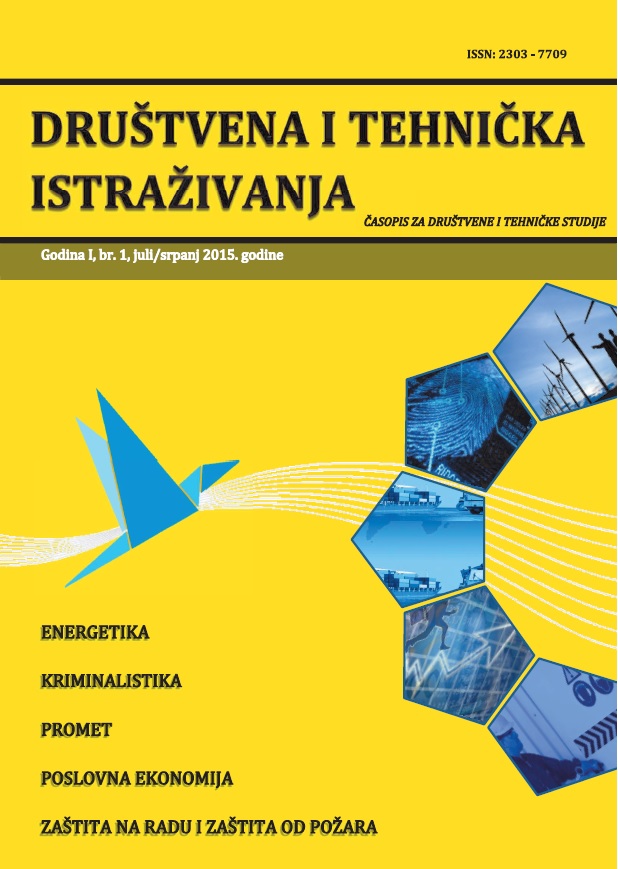
In today's time are very rare works and activities in all areas that take place without some kind of machinery. To work in construction, agriculture , warehouses , logistics centers , communal activities have been developed and are used to so many and very complex in construction machinery. The variety of equipment in these areas is exceptional. The size and value of the real finansijaska different in a wide range to impressive size.The traffic also participate in various types of machinery and even participants in road accidents where damage occurs a different scale. Therefore, it is really necessary to perform high-quality identification, assessment and calculation values. Due to the specific moment, for quality assessment in addition to the professional qualifications of experts , requires certain equipment defectafion , as well as software that serve as customer support , to the final processing was completely efficient and very quick and swift and particularly accurate. The main purpose of this paper is to point out and emphasize the use or application of the method , the base material and processing machinery listed at better spreads and precise manner acceptable not only on local but also on a global level , because the author 's own experiences show that needs to be improved quantitative approach to this area Expertise in the use of technical aids .
More...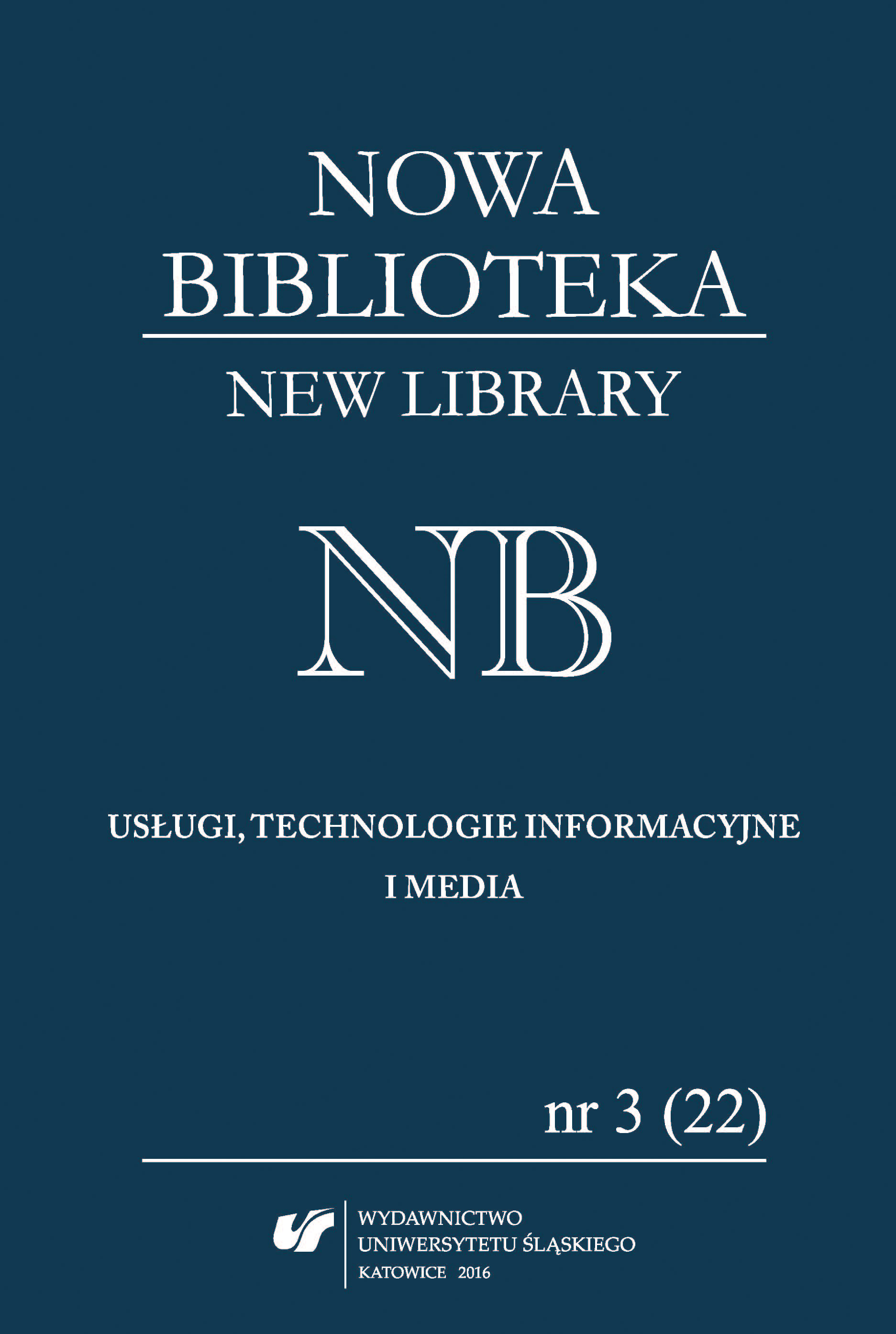
The text is an attempt at familiarising the reader with Diana Taylor’s theory and at demonstrating the ways in which the said theory may be used to analyse the phenomena which refer to non-material heritage. The author analyses the categories, mentioned by Taylor, of the archive and repertoire in the context of research in the national cuisine. She also indicates the practices of the UNESCO which serve the protection of non-material heritage and analyses them in the context of the subject that was selected. The Polish context of research is relevant to the article, therefore the author makes reference to the phenomena and activities which promote Polish national cuisine. The text is an attempt at demonstrating the possibilities of using performative research in the study of cultural heritage.
More...
It is hard to imagine how a modern society can function without in technology. Greater access to television and the internet open up many opportunities for us. We live in a society of information, which is characterised by the availability of knowledge and devices designed to make our daily lives easier. It is important to use wisely the opportunities that technology offers us. This is important in relation to education, Polish national heritage and broader culture. Often we can visit a specific place or participate in cultural life without even leaving our own home. This article is an analysis of the impact of modern technology how it helps us to protect and promote our national heritage. A description of the problem should begin with a presentation of the theory of modernization, which describes the stages of development of society, in order to show that despite the massive developments of technology, not everyone has the same opportunity to take advantage of its benefits. The internet undoubtedly brings a lot of good, but we have to be prudent in using the resources it offers.
More...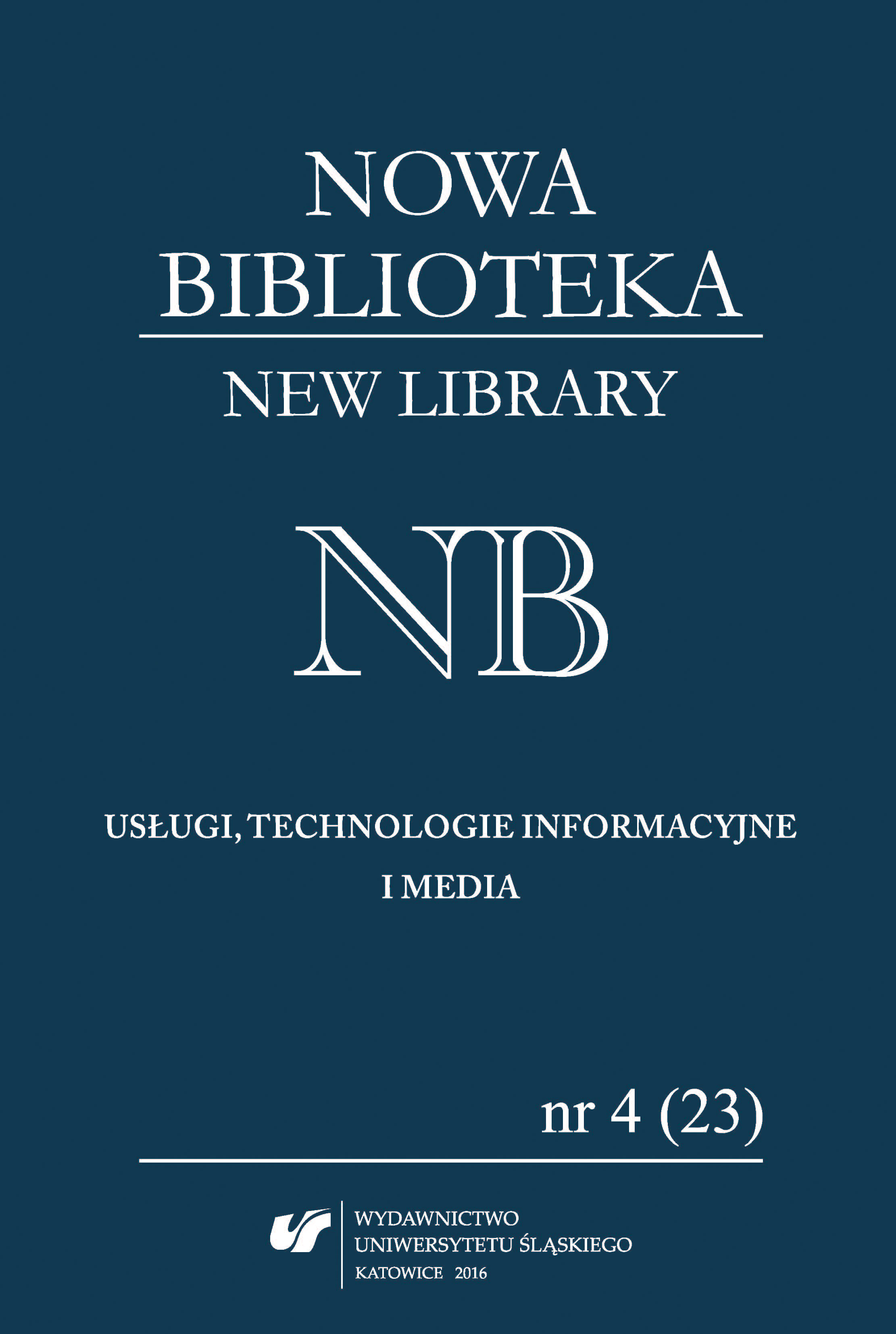
The purpose of this article is to describe the phenomenon of utility books for children and youth in the second half of the 19th century, based on “Bibliografia polska XIX stulecia” by Karol Estreicher. Twenty five tomes were reviewed, with the relevant materials divided into three sections: “games and plays”, “teaching good behaviour”, “home readings”. Each section was further divided typologically, allowing for a thorough analysis of editions and determining elements that were typical, repeatable or unconventional in form and content. The kind of function the genre fulfilled was determined, along with the form in which it was published and the ideas it conveyed. The dynamics of publishing production development of these publications over the relevant 50 years was analysed, covering both the phenomenon as a whole and individual genres. Statistical problems of publishers and printing offices and the changes in format and artwork were also presented.
More...
Reading has been deeply rooted in Polish tradition and culture. Among the most-popular reading practices of the second half of the 19th and the beginning of the 20th century were community readings and oral readings. The oral readings were common for all social class families, and they were a popular method of contact with literature. The community readings integrated participants and enabled individuals to share their impressions with others. Unlike the community readings, silent readings were private and intimate. In the art from this period, we find pictorial representations of different literary activities. Late 19th century and early 20th century paintings portray young readers, engaged both in community and individual readings. Iconography proves an important place of books in the lives of teenage boys and girls, and is a source which complements the documentation of readership in the written sources.
More...
The article outlines the state of research on the publishers’ and readers’ reception of Frances Hodgdon Burnett in Poland. Attention is drawn to her less known novels. Based on the results of the author of the article’s own survey conducted among middle school and secondary school students of a model General Education School Complex in Gliwice, it is shown that these texts remain of interest to a contemporary student. A literary analysis of these works complements the article and points to their biblio-therapeutic values.
More...![„Książki dla młodzieży […] powinny przedstawiać […] czuły mechanizm walki klasowej”. Szczecińskie Plenum Zarządu Głównego Związku Literatów Polskich, sierpień 1951 r.](/api/image/getissuecoverimage?id=picture_2016_31346.jpg)
The article is an attempt at showing the situation of literature for children and youth during the first years after the conclusion of World War II. Based on the materials from the Szczecin Plenum of the Principal Board of Polish Writers, which was held in August 1951, the views of the political leadership on the literature for youth were outlined. These tendencies, with certain changes and varying intensity, continued throughout the Polish People’s Republic period.
More...
Adam Bahdaj (1918–1985) is an author of detective, adventure and sociopsychological novels for children. Important themes of his books are tourism and sport, and he also published novels and short stories about the Wild West. His works popularise educational values. They are characterised by a perfect structure, flowing narration, skillful use of colloquial language, thriller motifs, humor and dramatic elements. Film and television adaptations of his novels are highly popular. He also gained fame as an author of books for small children. Among his writings are books for adults.
More...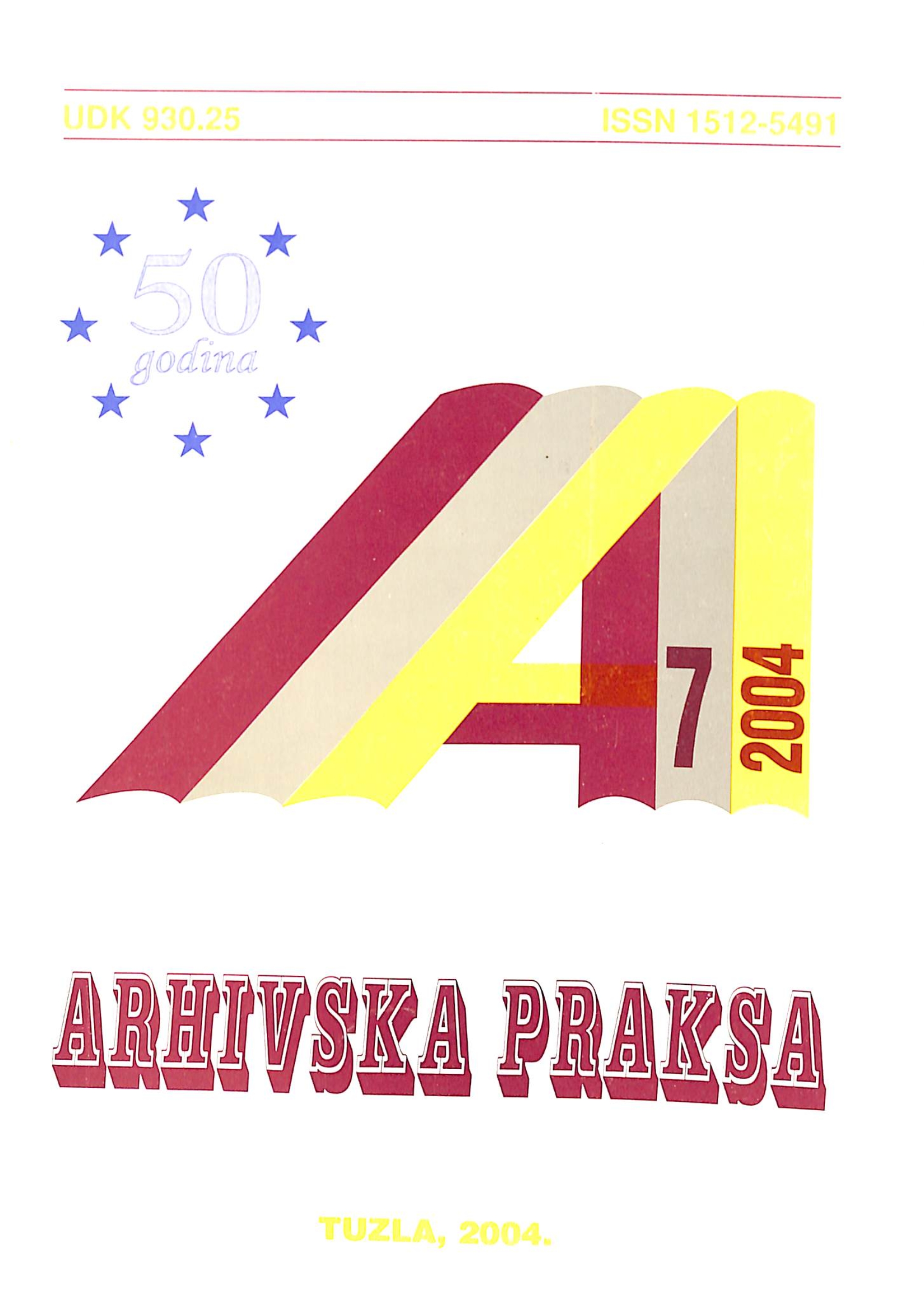
The complexity of archival issues in the field of education in the area of Tuzla Canton is largely the result of transitional changes in society. Reflections of these changes are evident in a number of segments. First of all, the whole very complex material and human resources situation in education is pushed into the background archival issues in this area. The important point in all this is that the consequences of war destruction of records in largely rehabilitated and that the further trend of damaging archives has stopped. However, all this of course is not enough, and it is necessary in the future to take more radical steps, all with a view to the fate of archives registry in the field of education was more certain. Some reform activities in this area are under way and pointing to it. Archives and their employees should far more in the future pay tribute to the attention the issue of records in the field of education.
More...
From the presented paper we can say that this is a relatively rounded archival fund with a small number of archival documents and photos, but very useful for researchers, scientists who will in the future deal with these issues. With this modest work I tried to bring closer to Bosnian and Herzegovinian archival and historiographical public one significant issue concerning the life and activities of the Bosnian school refugee population in the Republic of Slovenia during the war (1992-1995).
More...
The article is focused on the Images of Saints in one Cyrillic old printed book edited in Rome by the catholic bishop Philip Stanislavov for Bulgarian people. There are interesting sequences of images found there for the first time. They form different cycles – a catholic Rosary of the Virgin (saints and their feasts in May) and All Year Folk Calendar with its beginning also in May. It should be noticed that there is also one other Year Calendar, based on the Gregorian one and constructed according to the Bulgarian folklore perception. The content of the article is built upon the dichotomy between text and image. In that context some of the engravings have been analyzed semantically, to discover the relation between Abagar and Bulgarian Folklore provided with the mediation of hagiography, South Slav's apocryphal tradition and also with universal symbols.
More...
The article represents the first results of a research on the topic of special libraries, found in the Kingdom of Bulgaria from the late nineteenth century up to the end of Second World War. At this level of inquiry the main aim is, first of all, libraries to be located and analyzed in their real condition. Some statistical findings help to outline the activity that this type of libraries had in Bulgaria during the period of rapid formation of different professional and research groups and societies. In addition, the paper shows first overall observations on the destiny of Bulgarian special libraries in recent after war years.
More...
The article examines the main stages in digitization and best practices of effective use of archival collections in various institutions in Bulgaria. Firstly the digital collections of archival documents in the Bulgarian archives and libraries are presented and then their importance to various studies of local history and genealogy in scientific and amateur aspects being outlined. Number of collections have been analyzed – the collections of the Archives State Agency and especially its regional archival structures; the collections of the National Library "St. St. Cyril and Methodius", which is an important archive center for documents from the Bulgarian revival; collections of regional libraries and the collection of NALIS foundation since it is an unifier of the university network of libraries. Particular attention is paid to the access to these collections. As a second stage of digitization of documents is alleged the participation of archives and libraries in initiatives and projects for the migration of metadata for digitized objects to other portals and digital libraries, thereby providing various opportunities for access to the same digital object. In the current article are presented mostly initiatives of regional libraries in this direction. The main focus in the third stage of digitization is not on the selection and scanning of documents, and providing access to them, but on defining the different approaches of sharing and enriching the digital information, e.g. in social networks. Special attention is paid to initiatives of libraries for digital content reuse as well as for the wider involvement of citizens in projects related to enrichment and popularization of digital information pertaining to local and family history.
More...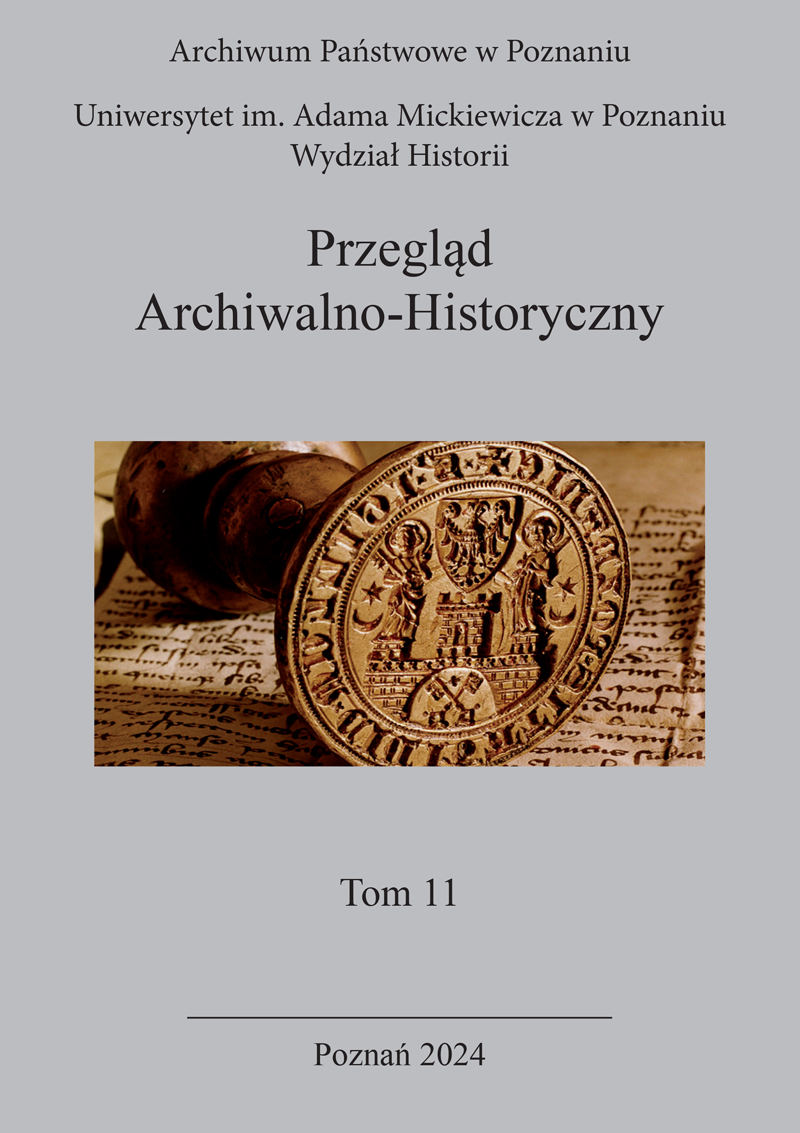
This article commemorates the 50th anniversary of the Department of Archival Science at Adam Mickiewicz University in Poznań. The Department of Archival Science at AMU was established on November 22, 1972, thanks to the efforts of Professor Franciszek Paprocki, archivist and historian. The establishment of the Department enabled the launch of an archival program at Poznań university, a project initiated back in the interwar period by Professor Józef Paczkowski. The article presents the history of the Poznań center for archival studies, as well as the role and influence of the Department’s founder, Professor Paprocki, in its creation and later—in launching archival studies at the Poznań University. The author, involved with the Department since its inception, also presents the archival academic circles at AMU, as well as its scientific, educational, and organizational achievements, including its close cooperation with the local archival institutions, in particular the State Archive in Poznań and the Archive of Adam Mickiewicz University. The paper further explores how the archive studies curriculum changed over the years, and discusses educational and scientific cooperation between archivists from Poznań and other academic centers, archival organizations, and associations.
More...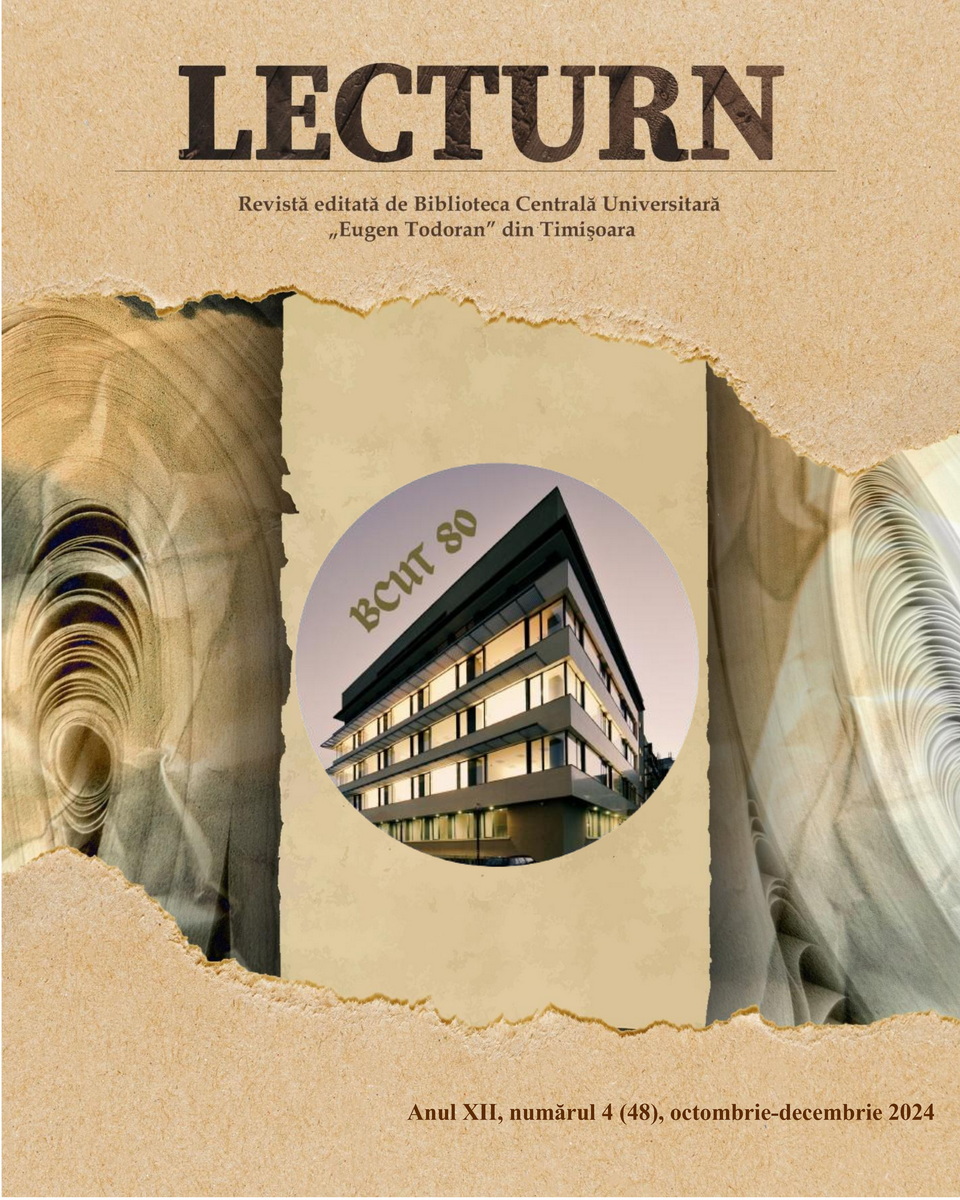
Cultural programs of the Central University Library “Eugen Todoran" in Timisoara (October-December 2024).
More...